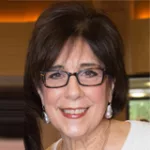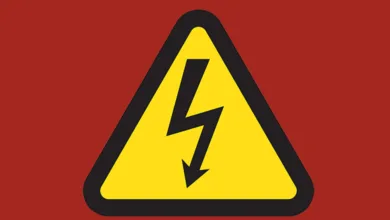Want to Create Joy in Retirement?

The first time I became familiar with this concept of “joy” was when reading “Spark Joy: An Illustrated Master Class on the Art of Organizing and Tidying Up” by Marie Kondo. Kondo is a well-known organizing expert who has helped people around the world transform their cluttered homes into spaces of serenity and inspiration. She describes the sensation of joy as “parts of your body will lift up little by little.”
But joy need not present itself through decluttering your home! There are obviously different ways to create joy in your life.
Recently, at the annual Retirement Coaches Conference, Yasmin Nguyen, author of “The Game of Joy,” offered ways to create joy in retirement. With his permission, I have taken parts of what he presented to share with those in retirement who are seeking joy.
After retiring, much of what has brought us joy is no longer part of our lives. Some, not all, retirees struggle with these losses.
Not to worry, he explains. Fortunately, joy leaves clues.
- Clues to our purpose
- Clues to our desires and interests
- Clues to our community and who we want to spend time with
- Clues to our gifts, abilities, and talents
- Clues to our wisdom and fulfillment
- Clues to our potential and what’s possible
I loved it when Nguyen introduced us to “Joy Storming.” It is similar to brainstorming; reflecting on moments that brought us joy. Examples include:
- Laughing so hard your stomach hurt
- Feeling fully rested and energized
- Feeling important and appreciated
- You couldn’t sleep because you were so excited about something, and/or your jaw dropped in awe of something magnificent!
Because we are all unique, our transition into retirement will be, too. Joy guides us in rediscovering experiences that align with our individual journeys.
Nguyen emphasizes that joy is a game, and like any game, you need to understand the rules based on the seven Principles of Joyful Living:
- Make space for joy.
- Joy is personal.
- Joy is waiting to be activated.
- Joy changes in every moment.
- Reflection and sharing expands joy.
- Shift unjoy to enjoy.
- Joy is contagious.
Based on principles #3 and #6, two concepts often impact retirement and self-esteem: joy activators and joy blockers.
Joy activators are experiences that awaken joy from within us, and Joy blockers can hinder the flow of joy.
Personal growth, purposeful engagement, connections, and health (physical, mental, and emotional) are examples of joy activators. Negative self-perception, lack of purpose, isolation, and toxic relationships are often joy blockers for retirees.
The following poem, written by Yasmin illustrates examples of Joy Activators.
Remember, don’t try to find joy as joy is something we all have the opportunity to CREATE!
A Joyful Day
by Yasmin Nguyen
Would you like more joy today? If so…
Don’t hope for joy, as joy is waiting for you.
Don’t search for joy, for joy will find you.
Don’t chase joy, as joy will follow you.
Joy is not what we lack. Joy is what we notice.
Joy is not what we earn. Joy is what we practice.
Joyful living is a daily practice of life in a way that invites joy into each moment.
So practice gratitude.
Practice kindness.
Practice empathy.
Practice connection.
Practice movement.
Practice adventure.
Practice giving.
Practice receiving.
Practice curiosity.
Practice creativity.
Practice vulnerability.
Practice forgiveness.
Practice rest.
Practice reflection.
Practice discovery.
Practice teaching.
Practice faith.
Practice loving.
Practice presence.
Practice playfulness.
Each time we practice, we remind ourselves of possibilities.
These possibilities activate hope and remind us that no matter how stressful or challenging our day may be, we CAN have a moment of joy.
And in each moment, we deposit joy into our hearts.
So by the end of the day, we see that we’ve had a joy-full day.





